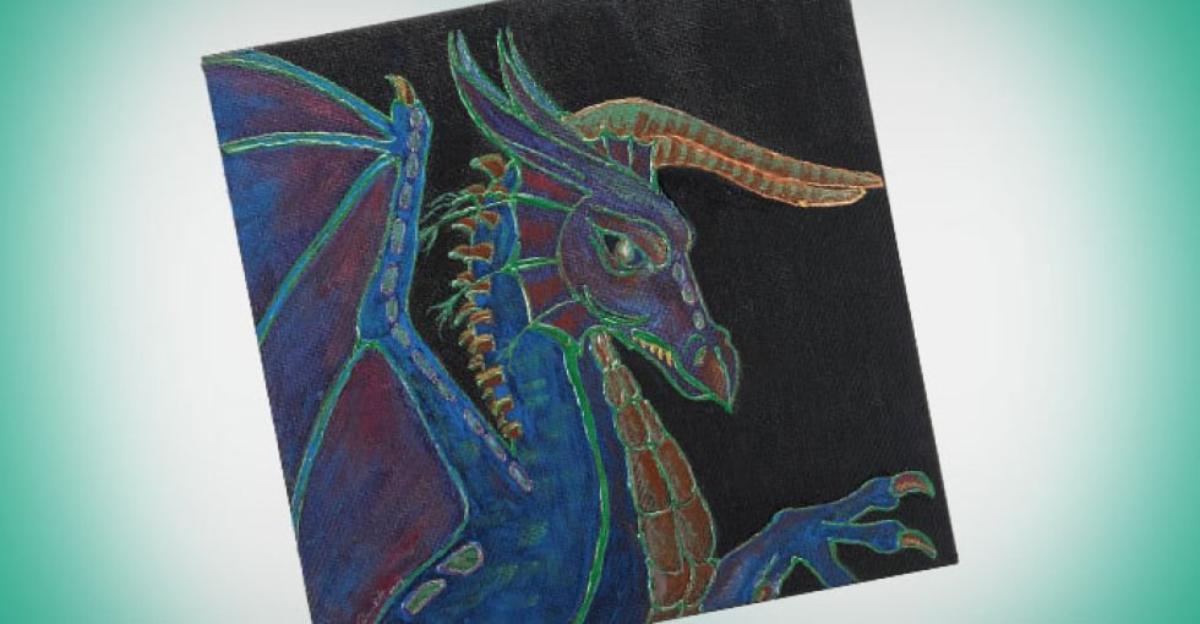Evolved from Greek and Middle Eastern mythology, the European, or medieval dragon has been referenced as early as 217 BC. Its name comes from the Latin “huge serpent” and most dragons do, indeed, have serpentine or reptilian qualities, including scales, lizard-like legs, wings, and fire breath. It’s no wonder these formidable opponents have stood the test of time!
Your students are likely familiar with the dragon Smaug, from J.R. R. Tolkien’s The Hobbit (and recent villain of the movie The Desolation of Smaug). Some of your students may also have seen The Never Ending Story, in which case they’ll know friendly Falkor, or read Christopher Paolini’s Eragon, starring the stunning Saphira (they might also be interested to learn that Paolini began writing this New York Times best seller at age 15!). Get your students in “monster mode” by reminding them of these dragons and sharing a variety of other dragon imagery, then challenge your class to create a medieval dragon of their own. Encourage them to blend traditionally “dragon” features, but to take creative license, making a personal contribution to the centuries-old lore.
Starting with a sketch, your students will then use black canvas, powder pigments, and paint to create their dragons. Before beginning, discuss the dramatic effect of negative space, particularly in black, and also the leading techniques of Louis C Tiffany. Then demonstrate the use of transparencies and precision line work and set your students loose on their canvases.
Get your students excited with an out-of-the-ordinary lesson, like dragons! Download our free Transparent Dragons lesson plan, including step-by-step instructions and a materials list, today.
For Grades 7-12.






Leave a Reply